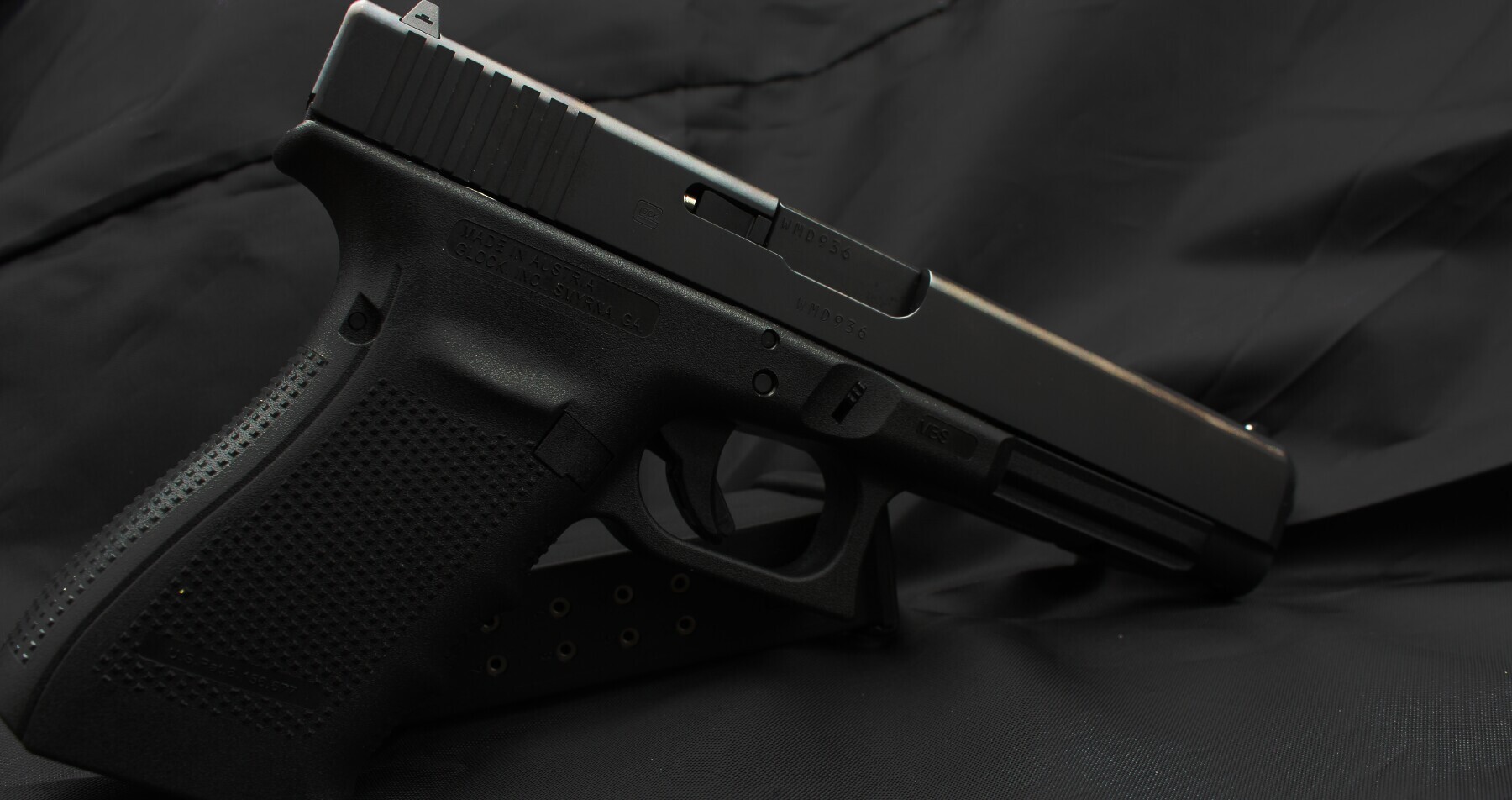
By Dave Workman
Editor-in-Chief
A federal judge in California ruled Monday that certain provisions of the state’s “Unsafe Handgun Act” are unconstitutional, creating a huge win for Golden State gun owners.
U.S. District Judge Cormac J. Carney for the Central District of California, Southern Division, issued the 22-page ruling.
“Californians have the constitutional right to acquire and use state-of-the-art handguns to protect themselves,” Judge Carney wrote. “They should not be forced to settle for decade-old models of handguns to ensure that they remain safe inside or outside the home. But unfortunately, the UHA’s CLI, MDM, and microstamping requirements do exactly that.
“Because enforcing those requirements implicates the plain text of the Second Amendment, and the government fails to point to any well-established historical analogues that are consistent with them, those requirements are unconstitutional and their enforcement must be preliminarily enjoined,” he added.
California years ago adopted a “handgun roster” listing acceptable handguns that passed the various requirements, and as years passed, the roster has continued to shrink.
The case was filed by the California Rifle & Pistol Association and four private citizens, Mario Santellan, Reno May, Jerome Schammel and Lance Boland, for whom the case is named.
According to attorney Chuck Michel, who represented the plaintiffs, “For decades this ‘roster’ law has deprived law-abiding citizens of the right to choose a handgun appropriate for their individual needs. The loaded chamber indicator, magazine disconnect, and microstamping requirements were impossible to satisfy, so the number of different models of approved handguns available to buy dropped to barely 200. “And that’s how the politicians who would love to ban handguns entirely wanted it,” he added. “If we can hold on to this great Second Amendment win, people will be able to choose from among thousands of the latest, greatest, and safest handguns made today.”
As noted by Judge Carney, “California’s Unsafe Handgun Act (the “UHA”) seeks to prevent accidental discharges by requiring handguns to have particular safety features. First, the UHA requires certain handguns to have a chamber load indicator (“CLI”), which is a device that indicates whether a handgun is loaded.
“Second,” he continued, “the UHA requires certain handguns to have a magazine disconnect mechanism (“MDM”), which prevents a handgun from being fired if the magazine is not fully inserted.
“Third,” the judge concluded, “the UHA requires certain handguns to have the ability to transfer microscopic characters representing the handgun’s make, model, and serial number onto shell casings when the handgun is fired, commonly referred to as microstamping capability. No handgun available in the world has all three of these features.”
The judge’s observations reinforce what Michel contended, that the roster essentially amounted to a strategy to ban handguns in the state.
As noted by Judge Carney, “These regulations are having a devastating impact on Californians’ ability to acquire and use new, state-of-the-art handguns.
“Since 2007, when the CLI and MDM requirements were introduced,” he recalled, “very few new handguns have been introduced for sale in California with those features. Since 2013, when the microstamping requirement was introduced, not a single new semiautomatic handgun has been approved for sale in California. That is because the technology effectuating microstamping on a broad scale is simply not technologically feasible and commercially practical. The result of this is that when Californians today buy a handgun at a store, they are largely restricted to models from over sixteen years ago.”
The judge ordered that his preliminary injunction will not take effect for 14 days, allowing the state to file an appeal and seek a further stay.



